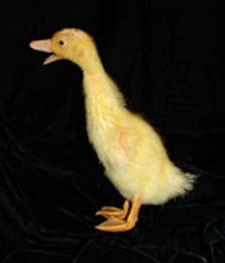
This is a SunDog. It’s like a mini rainbow… just like Vanity and Subsidy Press are like mini self publishing. There’s less chance of a pot of gold at the end of a sundog than a rainbow… do you see my analogy? I hope so… cuz it’s a stretch, I know.
What if true self publishing is not for you? What if the time, learning curve, effort, follow-through, and set up are beyond what you are willing or able or ready to do?
Possibly some of the other kinds of publishing solutions are a good idea.
While there are a few “bad” publishing solutions out there in this new and exciting world of self publishing, not all of the vanity or subsidy presses are wicked. And not all of the self publishing helper services are a waste of money. Different book self publishing projects match different book self publishing solutions.
Vanity press is called “vanity” because the author pays to have the book published. There is no editorial oversight. The author can have a published book in hand with no obstacles other than actually writing it. It could be a book of blank pages, so that’s not actually an obstacle either.
Subsidy press is another kind of “vanity” press, again tied only to the author’s ability to pay. And both those kinds of publishing services are often dissed because of the lack of perceived effort on the author’s part in getting the book to market. In both these publishing solutions, the ISBN number is given to the author by the press, either for free or for a fee. So those companies are the publisher. It isn’t self publishing, but the author doesn’t have to go through the gauntlet of traditional publishing rejection or the mountains of work in do-it-yourself self publishing.
Vanity or subsidy press are an ideal solution for a book that the author wants to make available to either family and friends, or even the general public, but has no concerns for the long term rights ownership, publishing contractual details, or profit margin.
A family memoir, for instance. Or a fundraiser cookbook. Or a collection of a child’s poetry or artwork.
The long-term rights ownership is a concern because of the ISBN number having been assigned by that press, and that affects the publishing contract issues and the author’s ability to have the book printed anywhere else. The book may also be more expensive to print and sell in small quantities, which can make it unfeasible for a true self publishing approach.
For an author with a serious plan to market and support a book, but no time or ability to go the whole journey into self publishing, subsidy press can work well. The cost makes turning a profit on the book more difficult, but at least the book is out there and in reader’s hands.
The key to choosing the right solution for self publishing a book is to match the right publishing solution to the publishing project.
And the right match depends on the author’s ultimate purpose for the book.









